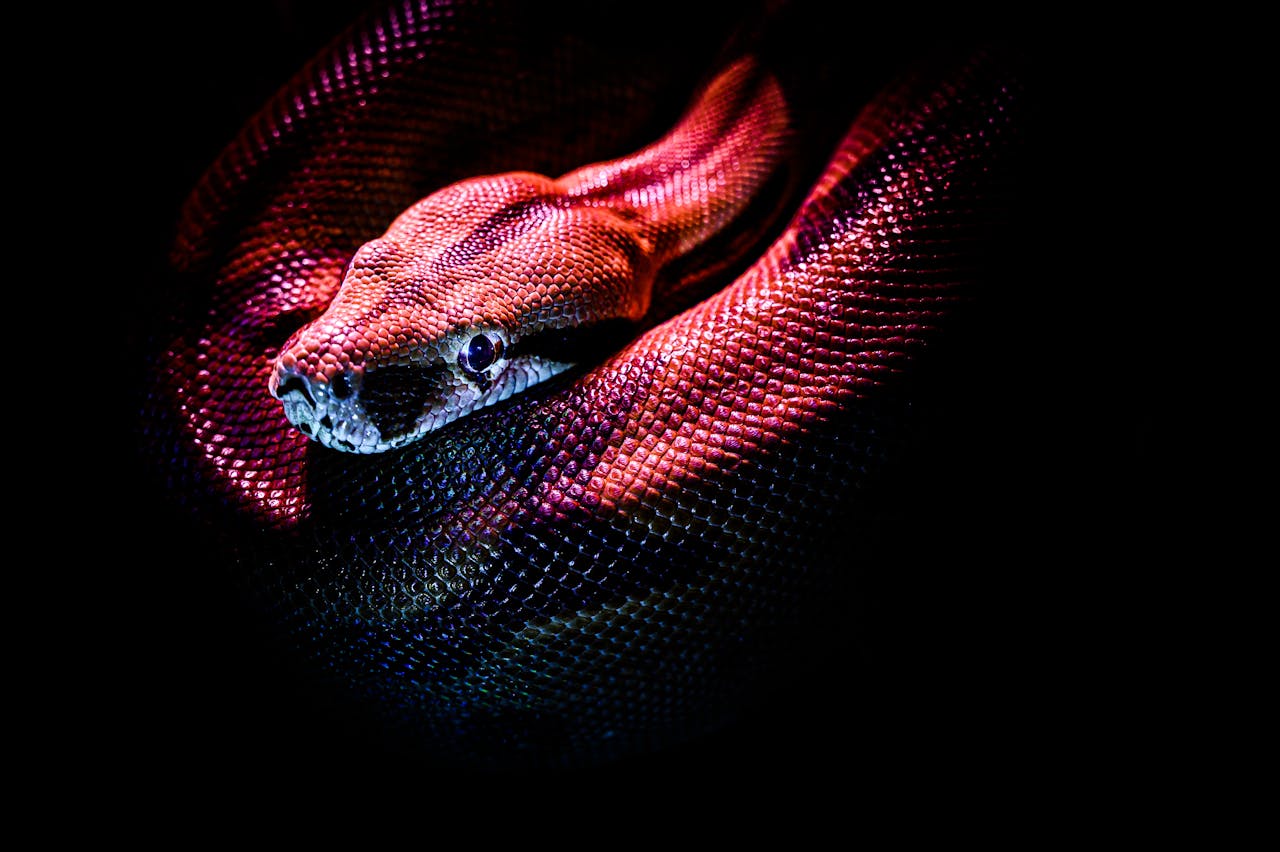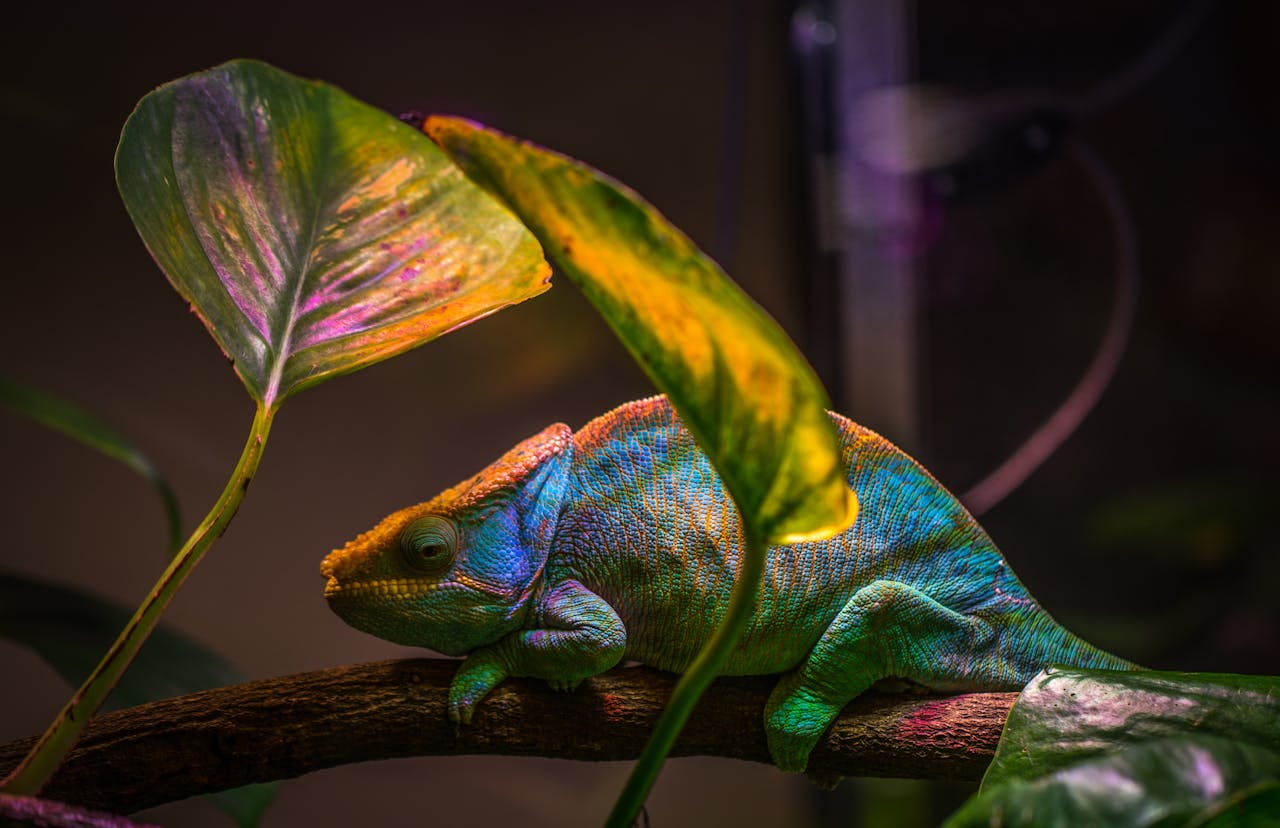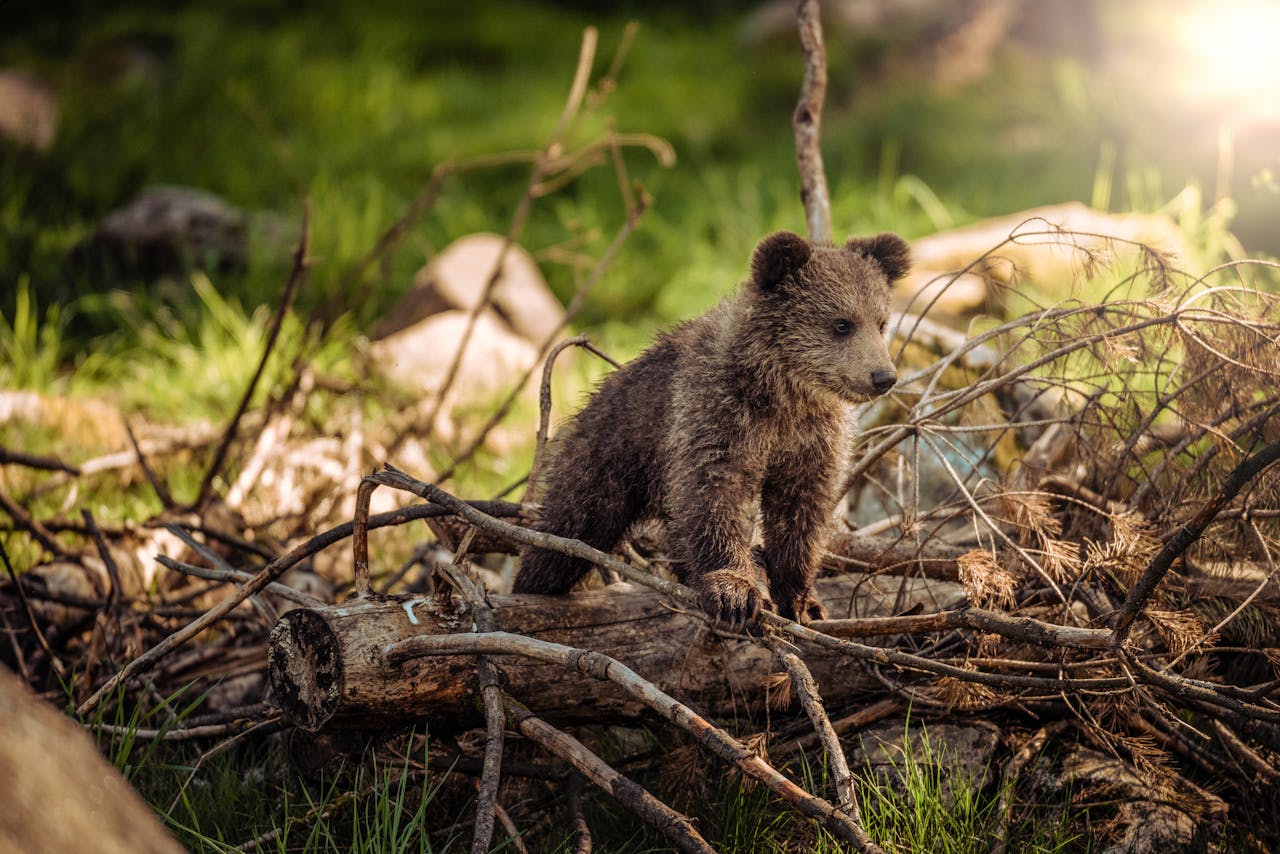Crafting Captivating Headlines: Your awesome post title goes here
Engaging Introductions: Capturing Your Audience’s Interest The initial impression your blog post makes is crucial, and that’s where your introduction […]
Crafting Captivating Headlines: Your awesome post title goes here Read Post »



